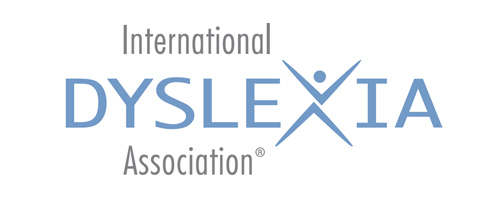View Dyslexia 101 with Erin Brown from our Dyslexia Southwest 2022 Virtual Symposium
What is Dyslexia?
“Dyslexia is a specific learning disability that is neurobiological in origin. It is characterized by difficulties with accurate and/or fluent word recognition and by poor spelling and decoding abilities. These difficulties typically result from a deficit in the phonological component of language that is often unexpected in relation to other cognitive abilities and the provision of effective classroom instruction. Secondary consequences may include problems in reading comprehension and reduced reading experience that can impede growth of vocabulary and background knowledge.”
Adopted by the IDA Board of Directors, Nov. 12, 2002.
Students with dyslexia usually experience difficulties with language skills such as reading, spelling, writing, and pronouncing words. Dyslexia affects individuals throughout their lives. It is referred to as a learning disability because dyslexia can make it difficult for a student to succeed academically in the typical instructional environment without accommodations. (IDA, 2018).
It is estimated that between 15 percent and 20 percent of people have dyslexia (understood.org).
Characteristics of Dyslexia:
- Learning to speak or pronounce words correctly
- Difficulty with rhyming
- Difficulty with identifying and manipulating the sounds in a word
- Learning letters and their sounds
- Organizing written and spoken language
- Memorizing number facts
- Reading quickly enough to comprehend
- Persisting with and comprehending longer reading assignments
- Difficulty with spelling
- Difficulty learning a foreign language
- Difficulty with doing math operations
- Difficulty following multi-step directions
- Difficulty with directionality
Not all students who have difficulties with these skills have dyslexia.
Share this page with your friends…

